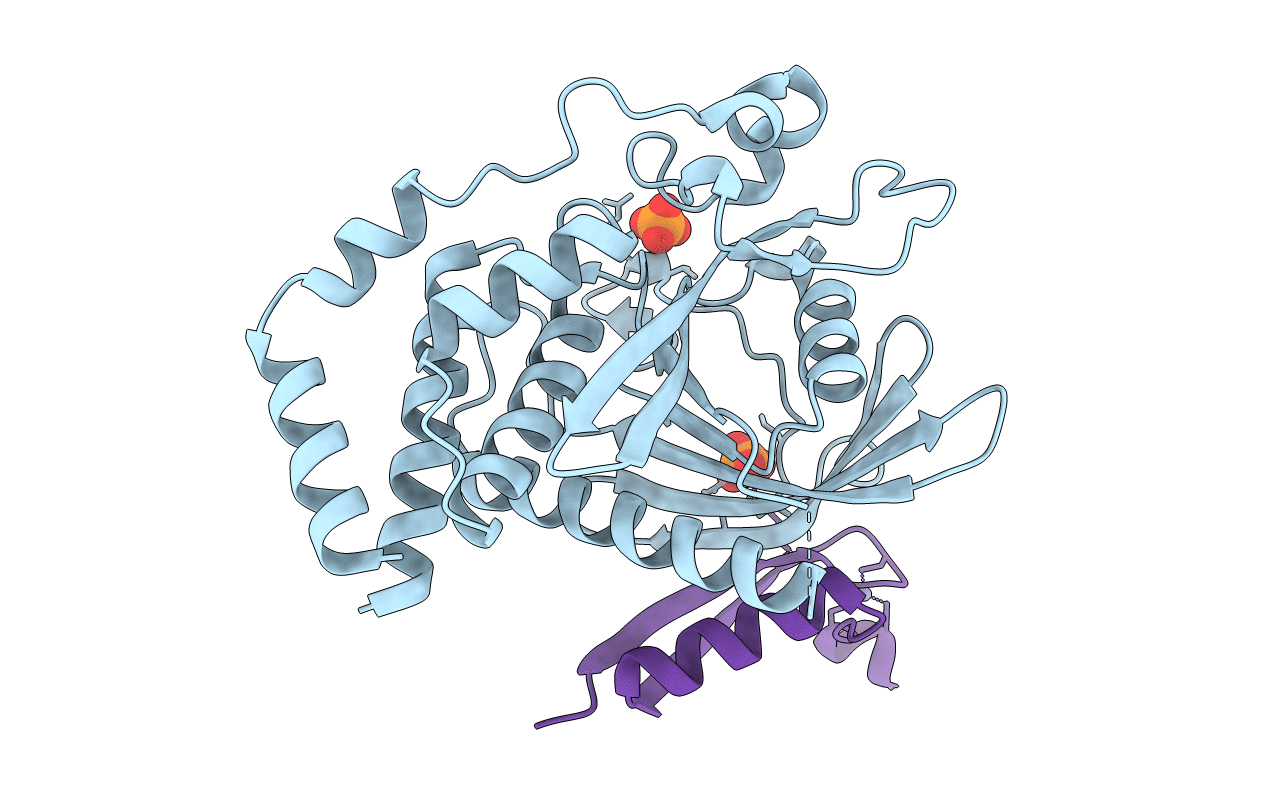
Deposition Date
2018-12-05
Release Date
2019-07-31
Last Version Date
2023-11-22
Entry Detail
PDB ID:
6IWD
Keywords:
Title:
The PTP domain of human PTPN14 in a complex with the CR3 domain of HPV18 E7
Biological Source:
Source Organism:
Homo sapiens (Taxon ID: 9606)
Human papillomavirus type 18 (Taxon ID: 333761)
Human papillomavirus type 18 (Taxon ID: 333761)
Host Organism:
Method Details:
Experimental Method:
Resolution:
1.80 Å
R-Value Free:
0.21
R-Value Work:
0.18
R-Value Observed:
0.18
Space Group:
P 21 21 2


